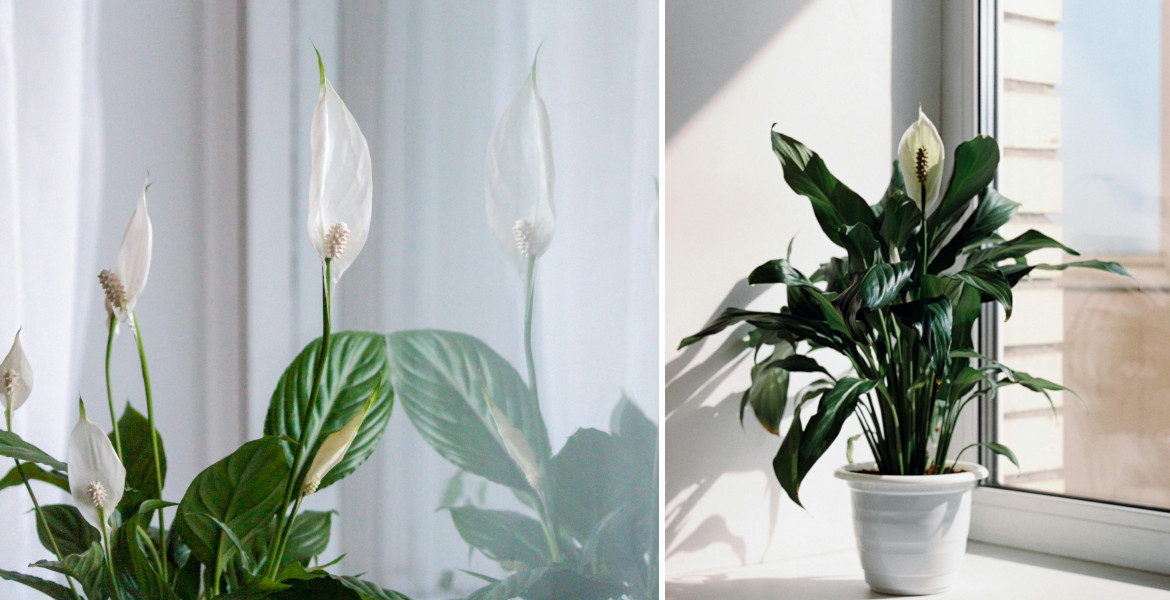The gray whale population in the Pacific Ocean is showing "signs of recovery", according to scientists. This is a welcome change following a sharp decline in numbers since 2016 due to "unusual mortality events".
In 2016, the gray whale population was at a stable level of nearly 27,000 individuals, but then the population began to decline. Between the end of 2018 and the end of 2020, mortality peaked, with 690 dead gray whales recorded washing ashore from Alaska to Mexico. In 2019, scientists found that gray whales were experiencing what is known as an "unusual mortality event" (UME), which is defined as "a stranding that is unexpected; involves a significant die-off of any marine mammal population; and demands immediate response".
In 2022, the number of gray whales in the northeastern Pacific Ocean was estimated to be between 13,200 and 15,960 individuals. In 2023, however, their numbers increased for the first time since 2016, reaching between 17,400 and 21,300 individuals. This allows researchers to confirm that gray whales are no longer affected by UME.
– It’s nice to be able to report some good news the last couple of years, Aimee Lang, a research biologist at NOAA's Southwest Fisheries Science Center, told the Seattle Times.
From Mexico to the Arctic
Gray whales migrate every year between the coast of Mexico and the Arctic, a distance of about 10,000 miles (16,000 kilometers), often raising their calves in Mexico. It is unclear why the population has declined so much in recent years, but it may be due to changes in the ecosystem of the northern Bering Sea and Chukchi Sea off northern Alaska that have altered the availability and quality of prey.
"This malnutrition led to increased mortality during the whales’ annual northward migration (from Mexico to Alaska) and decreased production of calves. This resulted in an overall decline in population abundance", according to the NOAA.
In the 1950s, the gray whale was near extinction due to hunting, but has rebounded since being protected under the Marine Mammal Protection Act in 1972. In 1994, the gray whale was removed from the endangered species list.
Facts: Gray Whale (Eschrichtius robustus)
There are two populations of gray whales in the Pacific; a smaller population that migrates between the Sea of Okhotsk and South Korea, and a larger population that migrates between the waters off Alaska and Baja California. There used to be a population in the North Atlantic, but it became extinct due to high hunting pressure.
The gray whale has no dorsal fin, but has several bumps on its back. It can grow up to 15 meters long (without a tail), weigh between 20 and 37 tons and live for 50-70 years. It feeds mainly on amphipods, but also on copepods and fish.












